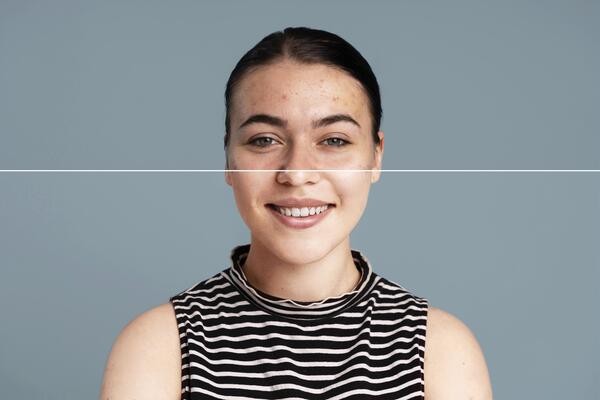
Why Every Hair Transplant is Different?
As a hair transplant patient, you may have noticed that the results of your procedure are different from other patients. Hair transplants are not a one-size-fits-all procedure. Every transplant is different, with unique considerations and needs specific to the patient. That's why we're here! To answer your questions about hair loss and hair transplants, so you can make an informed decision on what's best for you.
Important Steps Before a Hair Transplant
- The first step in the process is to consult with a hair transplant surgeon. The consultation will go through your hair loss history and determine what type of procedure would be best for you.
- There are two main types of procedures: Follicular Unit Transplantation, and Follicular Unit Extraction.
- FUT (Follicular Unit Transplantation) is the most common type of surgery performed today and involves removing strips of scalp from the back or sides of your head where there is no hair loss, then using those strips to cover areas that have lost their hair due to disease or trauma. Strip harvesting removes large swathes of skin that contain many follicles, which can then be transplanted onto balding areas to achieve a more natural appearance.
- FUE (Follicular Unit Extraction) is another type of hair transplant surgery. Rather than removing large swaths of scalp skin that contain many follicles, FUE removes individual follicles one at a time from the back and sides of the head where there is no hair loss. This means that scars are smaller and often nearly imperceptible, making them easier to cover up with hairstyles like hats or long bangs, and less painful overall.
- Once you have decided what procedure would be best for you, we will create an extensive personalized plan to address your specific needs and wants. Once the procedure is performed, you should have realistic expectations on what results can be achieved for you, based on your genetics as well as the amount of hair loss.
How every patient is different for a hair transplant?
Patients respond differently to medications, have different expectations and desires for their results.
Hair loss affects everyone differently as well. It's permanent; it's slow or rapid in some people. Its onset may begin at puberty or come on gradually in adulthood -- with stress being a common culprit. Whatever the case is for you, there are successful treatment options available to help you re-grow your lost hair, like hair transplantation techniques. The number of grafts needed is based on your specific goals (lots of coverage vs just filling in gaps) which will also greatly impact what type of procedure is best for you.
Every person has different pain tolerance levels so recovery time differs as well. However, after surgery, you should be able to return to your daily routine within a few days and continue with normal life activities in 1-2 weeks. The amount of discomfort varies per individual depending on wound healing speed but narcotic pain relievers are commonly prescribed for initial discomfort.
The recovery process is very similar for FUT and FUE surgeries; some patients recover faster from the former while others from the latter procedure. Also, medical conditions vary greatly for individual patients. Patients with Diabetes, High Blood Pressure may have a slower healing process. Patients with thyroid issues may have higher risks for complications.
We can discuss these details at your consultation visit but rest assured, we will always be honest and transparent with you about the lowest risk possible to give the best results possible. Your long-term health is our top priority so if there are any changes in medications or medical conditions that affect our ability to operate on you, we will contact you immediately so that we can discuss other options.
When it comes to expectations vs reality, we understand that most patients want their hair transplant procedure to look as natural as they imagined. However, one thing people don't account for when undergoing this surgery is the hair growth rate. Newly transplanted hairs take time to grow - usually between 4-6 - making your results look much different during the first few months. However, by 6-12 months, it should begin to grow in line with what you expected from the beginning and fill out to its full potential.
If you're considering a hair transplant, you can be sure that you will be in good hands here at Kaayakalp, one of the most renowned hair transplant clinics in Kolkata. With more than 15 years under our belt and hundreds of satisfied patients, we know what it takes to give you the very best results. Dr. V.S Rathore is highly sought after for his skills as a surgeon who gives natural-looking and even results with every procedure. Our team of skilled medical professionals is dedicated to helping restore your confidence with hair that looks as great as it feels.
We believe that every person is unique and has different needs and goals for their hair restoration surgery. We know that every person is different and there is no 'one size fits all' approach when it comes to treating male or female pattern baldness. But through consultations, tests, and expert advice, we'll help guide you towards your best treatment option. Visit our website kaayakalp.com to know more about us!
For more information follow us on:
Facebook | Instagram | LinkedIn | Twitter | Google My Business









